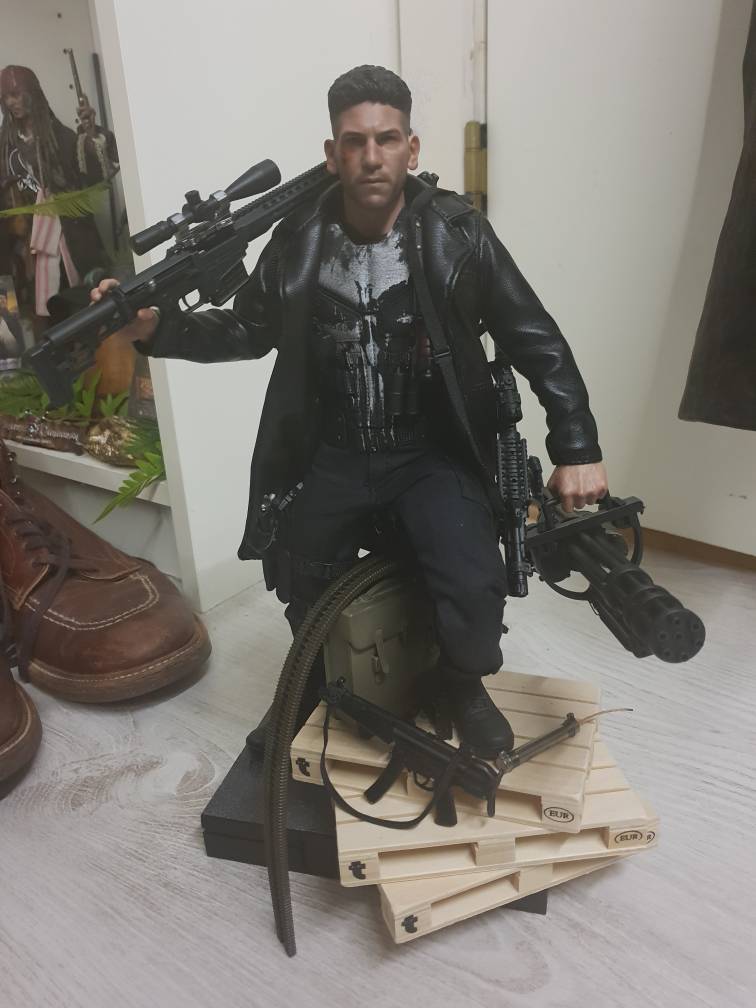Like if I was to wear a tight, bright red shirt for an entire year without taking it off, would the color eventually bleed onto my skin?
Superficially it might could transfer some, but the properties of epithelial cells, which make up your skin, are very different than that of vinyl used in sculpts. But a combination of the recurrent replacement of your skin (90% of dust is skin!) would push it out faster than you'd ever notice. The reason that tattoos work is that they place the ink below the consistently regenerated layer of your skin, at the lowest point. That's why tattoos don't just disappear.
A better analogy to fabric dye transfer to human skin would be a henna tattoo. The dyes used saturate your to-be regenerated cells with pigment. But come the cycles of life, those will inevitably be sloughed away, tattoo included. But whatever is transferred from clothes (if any) is so superficial it's likely lost throughout the day.
When it comes to vinyl, it's a fixed polymer structure. Now I don't have much experience with materials science, but we know that PVC is a strong plastic once the appropriate additives are placed into it's molecular structure. Whatever pigment that gets absorbed by PVC likely ingrains itself hard within the structural chains on a molecular level, maybe even displacing some of the PVC's atoms itself, it's hard to say without knowing the structure of dyes are used.
But what that comes down to is that a dye is a dye, and it's going to cling to what is more favorable on a molecular level. For whatever reason, PVC has attractive properties that dyes favor, so direct contact 'draws' it out. People like to blame HT for staining, but this has more to do with the chemistry of dark pigment molecules, I'd say. And even as an extension, the fabrics used. You'll note that dye transfer doesn't happen much with synthetic fibers because those fibers are colored within their structure when produced anyway. Cotton or natural fabrics are treated to achieve vibrancy.
Now, does that mean HT couldn't go the extra mile and wash dye out that hasn't bound to the fabric? Or "set" it through various means? Absolutely not, they could do that. But I'm not so sure that would necessarily fix the problem entirely either. But on a basic level, they'll fight molecules more than anything.





